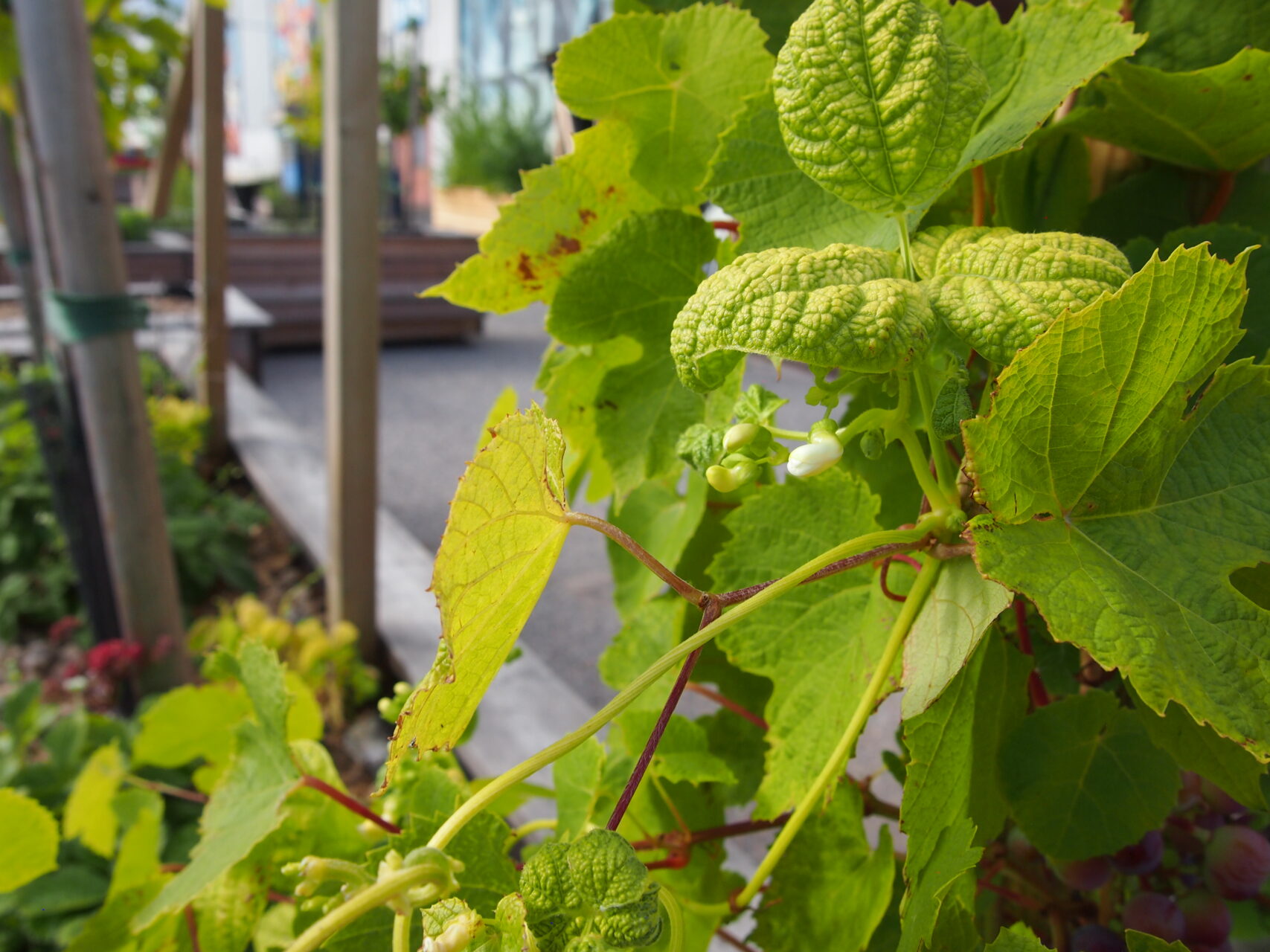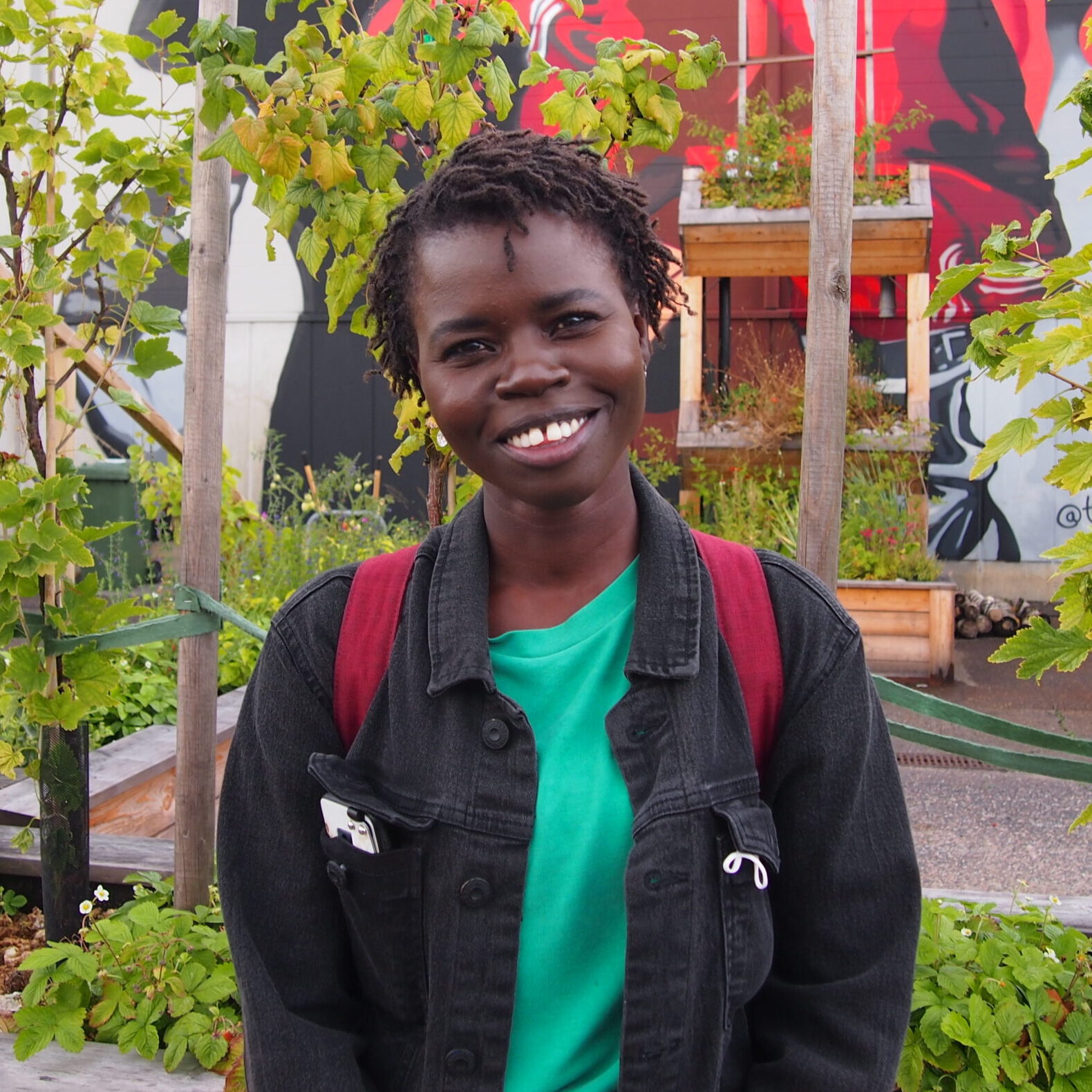Our website uses cookies. We analyze usage statistics collected based on them and they may be used for targeting advertising on other websites.
You can also reject the tracking and use of cookies. More information

Reducing greenhouse gases is a sustainable development target that we all are responsible for. Green construction needs to find low-carbon solutions as well, in order to control the negative effects of climate change. In this blog post, you get to know Angelina Arial, the new member of our Research & Development Team, and you will hear her ideas on sustainable construction.
Angelina Arial studies environmental engineering and she started working at InnoGreen’s Research & Development Team in August 2021. In her studies, Arial specializes in water technology and sustainable construction. ‘I ended up at InnoGreen, because I want to help the progress of ecological sustainability,’ Arial tells, ‘Products and concepts developed based on scientific research have the potential to control cities’ environmental hazards. It is important for me to do my bit for solutions that address sustainability as a multifaceted target.’
According to Arial, sustainable green construction is a result of critical development work. ‘One might think that all green construction is good for the climate, because greenery reduces carbon dioxide emissions. However, the case is not that simple,’ Arial states. Plants absorb carbon dioxide from the ground, but adept choices on soil type and plant species can improve positive effects significantly.
‘Regarding green construction, it is also essential to remember that both building and maintaining green infrastructure causes greenhouse gases’, Arial notes. The carbon footprint can be reduced by choosing ecologically and locally produced materials. Meticulous maintenance, professionally chosen plant density and diverse plant species that are easy to take care of, can decrease the final environmental burden a lot. ‘These factors we consider when developing a new product,’ Arial tells smiling.
Green construction that truly enhances sustainable development requires cooperation over science borders. ‘At best, green construction can reduce urban areas’ carbon dioxide emissions by reducing, for instance, energy consumption. Nevertheless, designing these sorts of solutions always needs input from experts in different fields,’ Arial says.
‘Green construction should offer answers to cities’ lack of both ecological and social sustainability. These are major issues, and when developing solutions it is important to listen to people diversely, so that the viewpoints of the city, environment, and citizens are part of the process,’ Arial sums.
